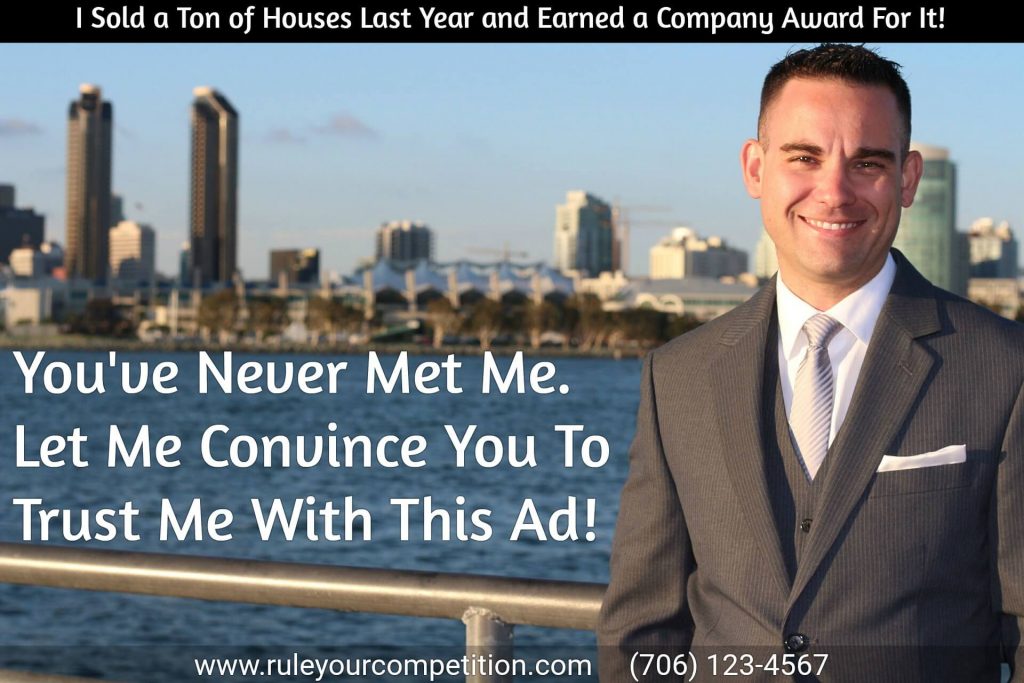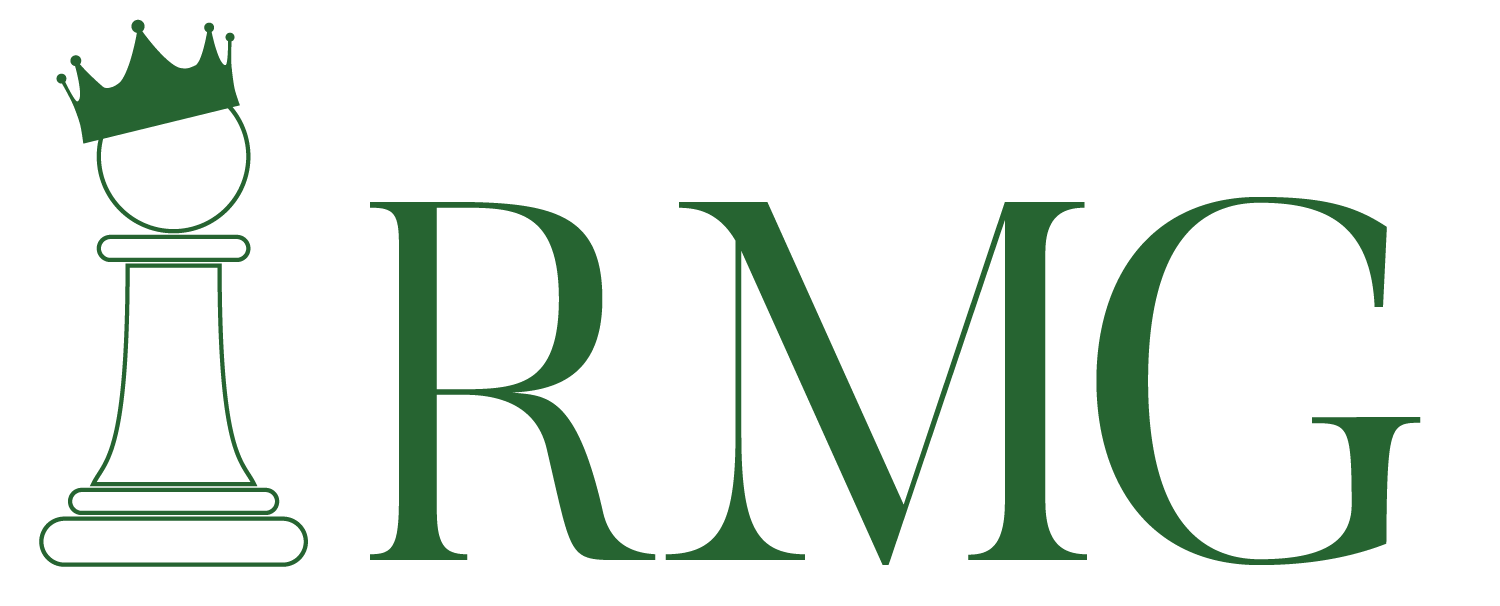Let’s start by saying this: Working as a real estate agent isn’t easy. You’re responsible for helping many people make a life-changing decision with buying or selling a home. Hours involve many weekends and nights, and an agent can work with a client for weeks or even months without any conclusion.
Now, throw in a responsibility for marketing, updating your digital presence, directing staff, training new agents, piles upon piles of paperwork, and leveraging negotiation skills while working with other agents in the area to close deals. Suffice to say, there’s a reason not everyone is a real estate agent!
So when we say this, we mean it in the nicest way possible: Please stop wasting your money on typical real estate billboards.
The four typical ads:
It’s impossible to drive through a city without seeing one of four types of these ads:
The not-even-humble brag. Just because you made a lot of deals happen doesn’t mean they were good deals. In fact, the impression you give could be the opposite: If you’re so busy closing deals, maybe you won’t give me enough time to make my best decision. So please, stop spouting your “Top Producer” or “Agent of the Year” label.

Image used from Pixabay. Not one of our staff!
The generic-but-trying catchphrase. This isn’t as egregious as it may sound. You have to say something, and when creating a personal brand, having core messaging is a good place to start. But something generic such as “A different style” or “Results that move you” don’t really mean you’re different than the other dozens of options in the market.
The “Your home sold, or we’ll buy it!” This is a bit more nuanced, but we’ll keep it simple: If over 90% of people begin their searches online, and over half of people found their next home online, what are the odds they’ll find article like this one when researching “guaranteed home sale” on Google?
The fire hose. There’s always one billboard that tries to convey every small detail about an agent, property, or subdivision. And to the rest of us, it’s a huge wall of text we’ll never read.
Here’s the thing: Billboards can be effective. But they often have mere seconds to make an impact, in an age where the average person is subjected to thousands of ads a day (up to 10,000, per the American Marketing Association).
When considering your marketing plans, there could be better ways to leverage your spend.
Here’s three ways to maximize your real estate marketing:
Know your brand and target market. Then, be memorable. You don’t have to be a third-generation Vancouver-based realtor who launched to Internet viral fame with this. In fact, one of our favorite tactics is actually quite simple: Some of us have received a postcard with a gorgeous photo on the front of a nearby home, saying “I’ve listed this home near you! Let me know if I can help you sell yours.”
Simple, but relatable, effective, and certainly hits the geography of where the staff are.
The point is clear: Being “normal” = being forgotten. (Here is a great campaign seen in New York.)
Emotionally connect. Don’t just ask potential clients “What moves you?”
Make them feel it. Video, high-quality imagery, or even compelling copy can evoke a reaction of “That’s me!” and bring greater visibility. The small details really do matter when it comes to making an impact.
If you insist on a billboard … nail the design. Again, they can be effective (we are not totally anti-billboard, not even for real estate agents), but only when done properly. Here’s five quick tips to help:
- Ensure it’s easy to read from a long distance away – lots of space to make text easier to read. A handy test is pulling a draft of your ad up on a desktop computer, then walking 4-5 steps away and viewing it.
- Have a clear call to action that’s easy to remember. Don’t include the www. on a URL.
- Phone numbers are also difficult to remember, so it probably makes sense to have a website be the call to action.
- Use highly-contrasting colors. A combination of light and dark works well. And if it fits your brand, a bright yellow, green, or red can draw additional attention to your message.
- Tie the message into your other marketing channels. Your website, social media, business cards, print collateral, and more should all have similar messaging and branding for a more cohesive presentation.
Remember, it pays to be different! (And we are always willing to help you.)


Comments are closed